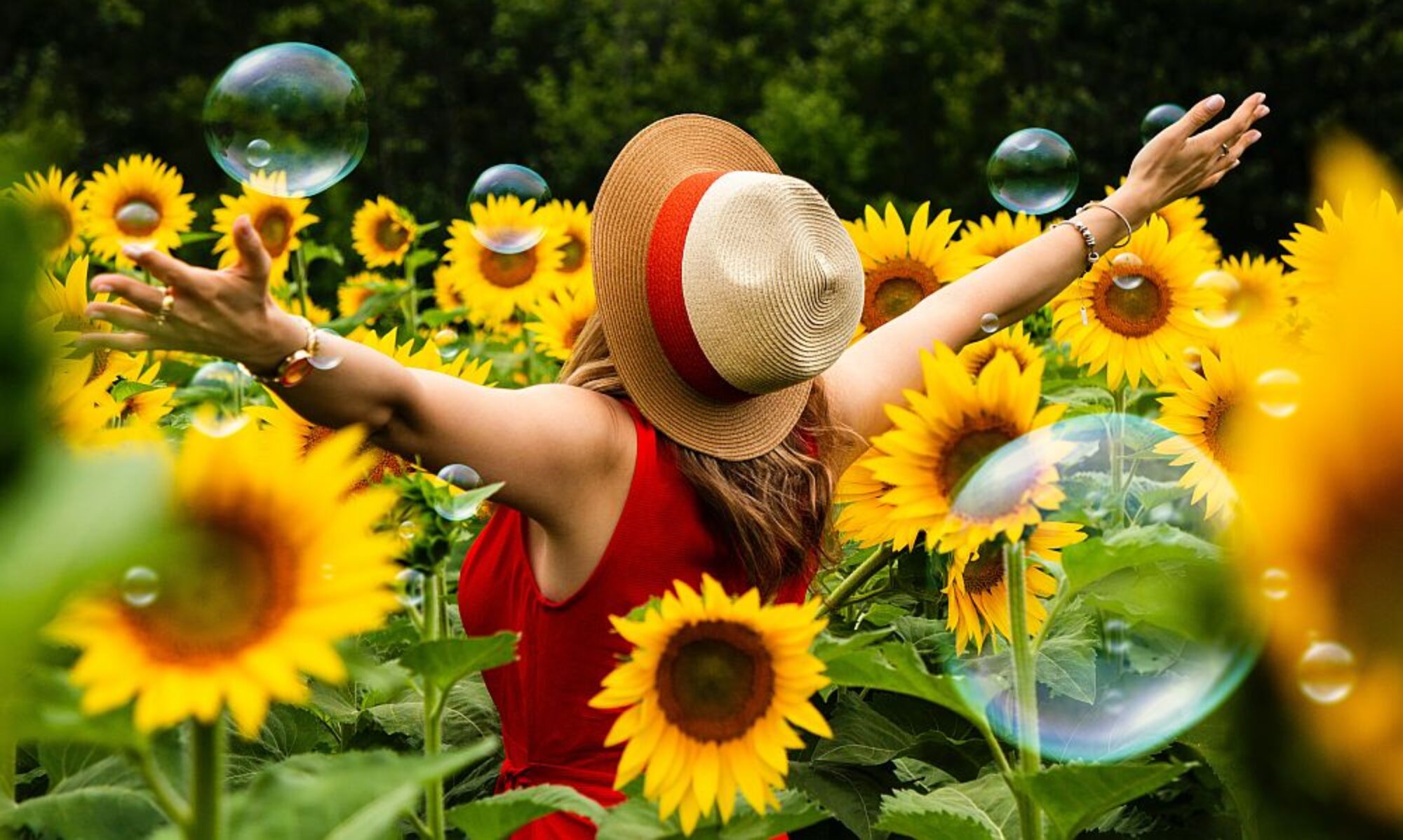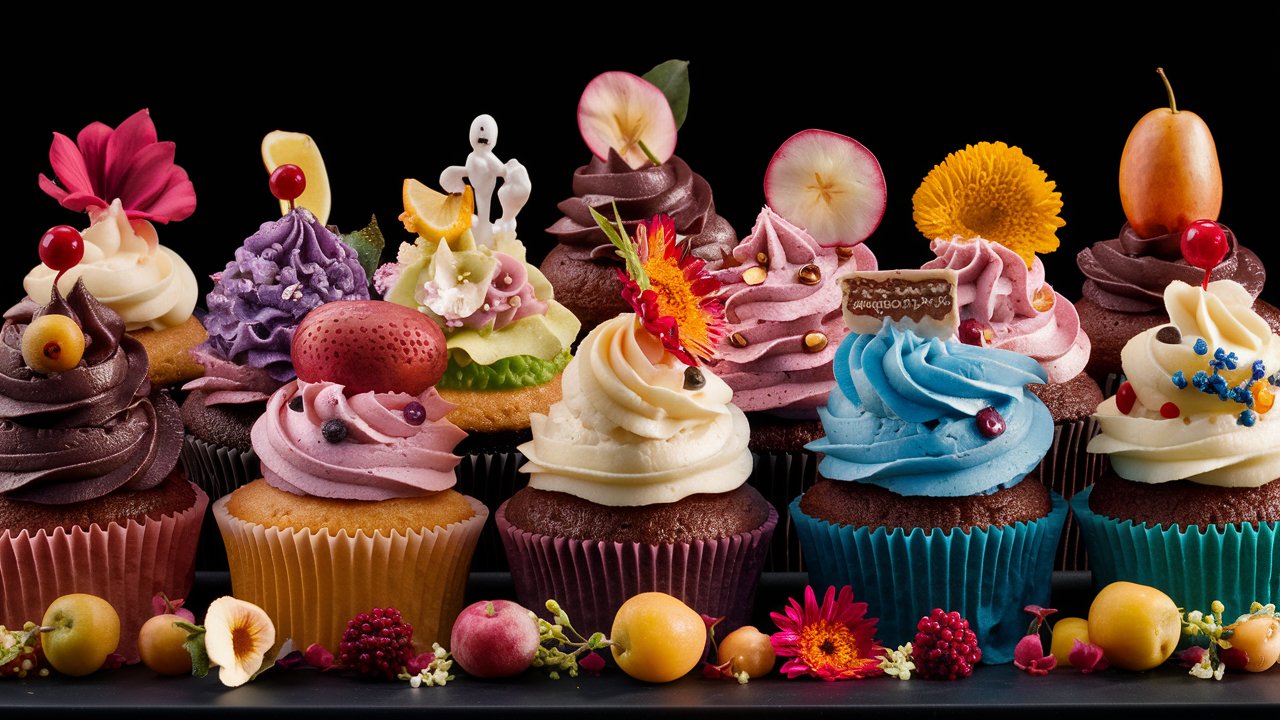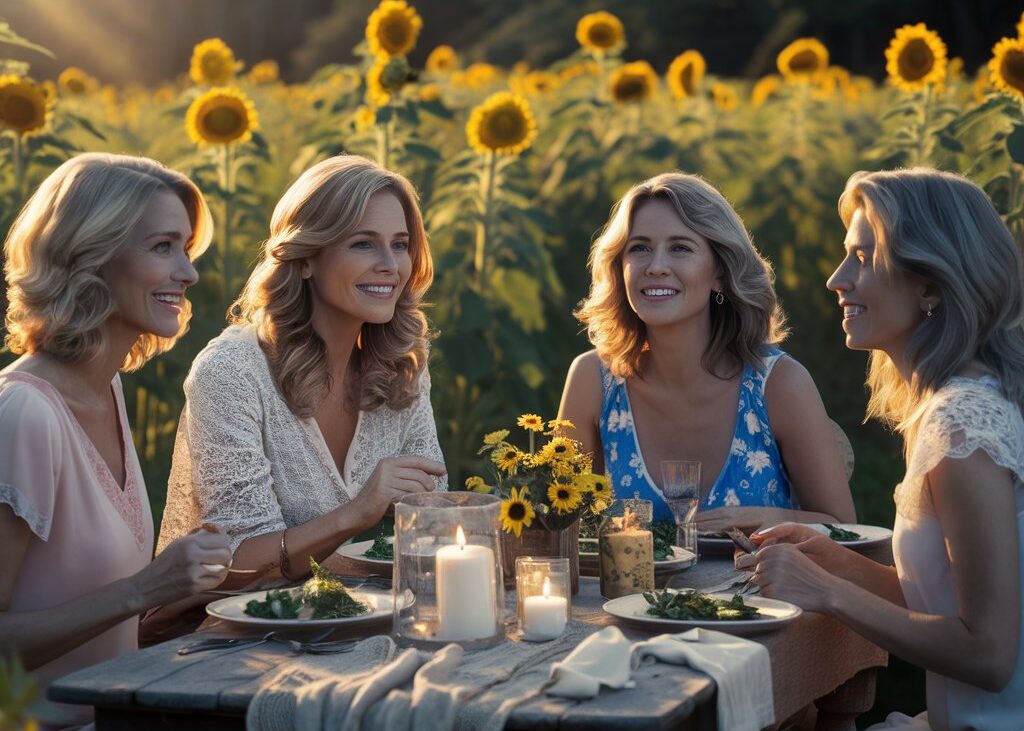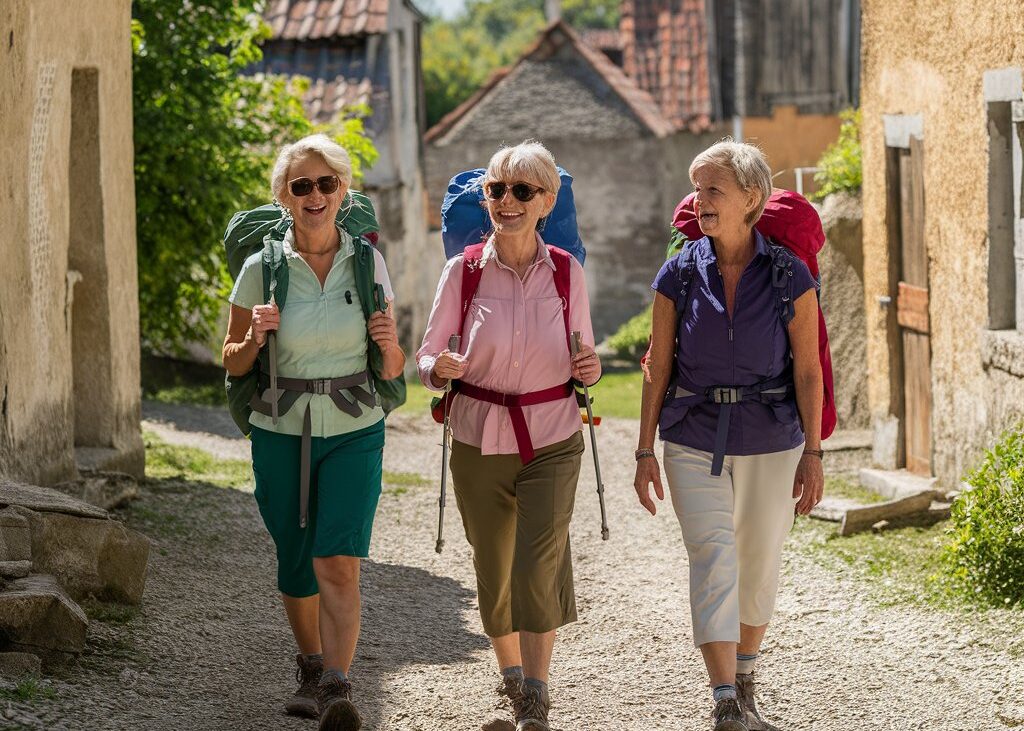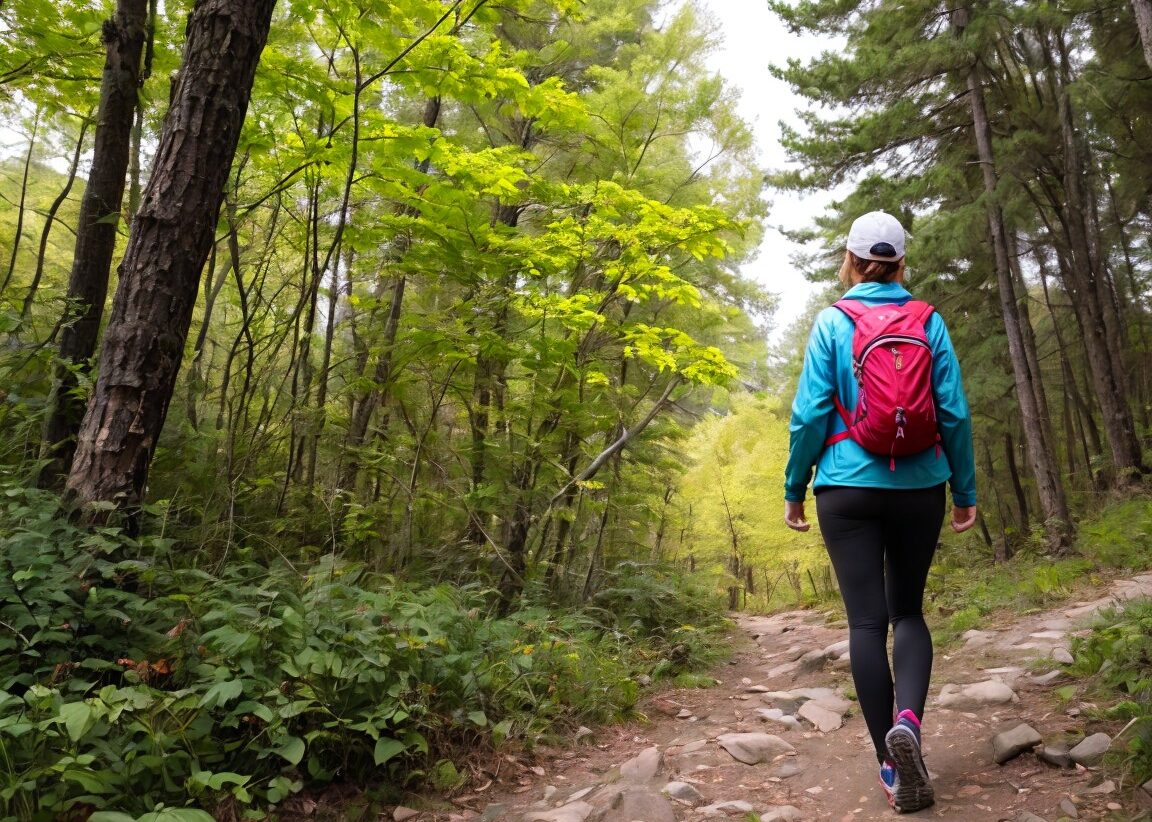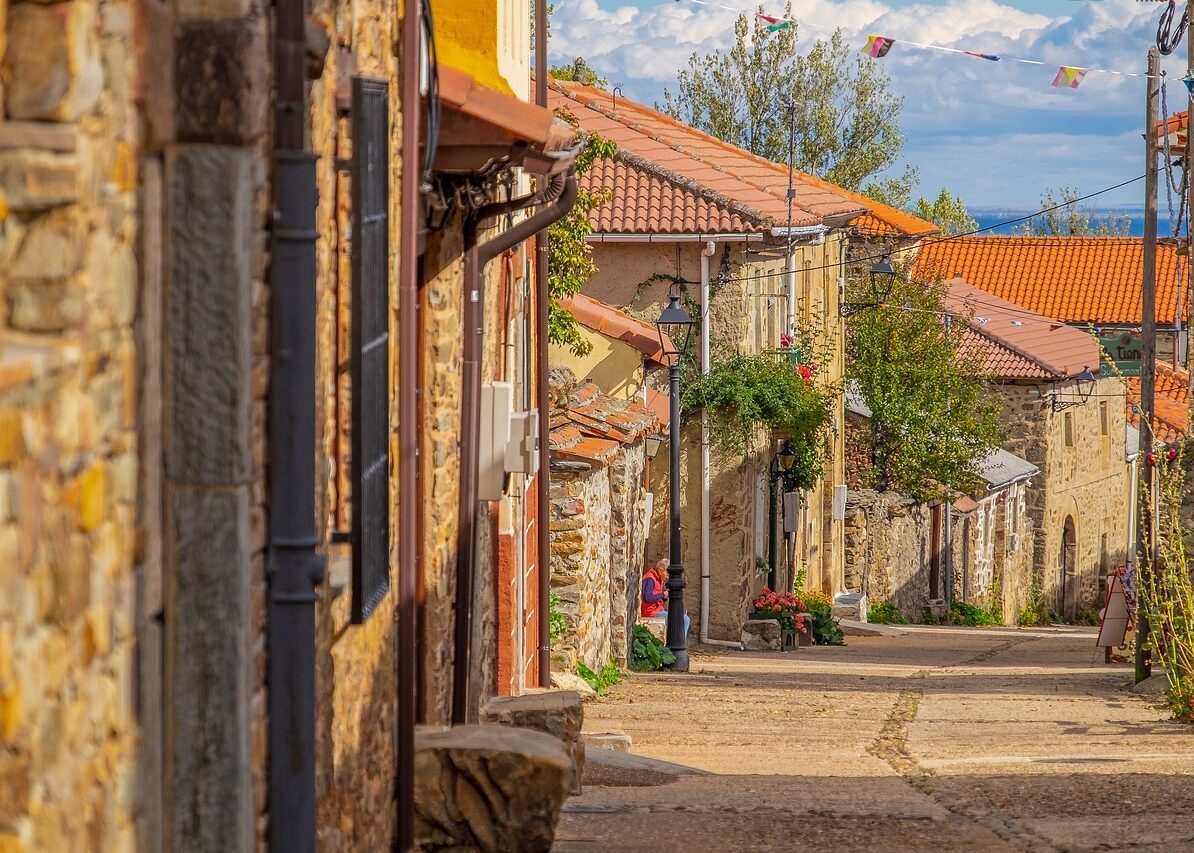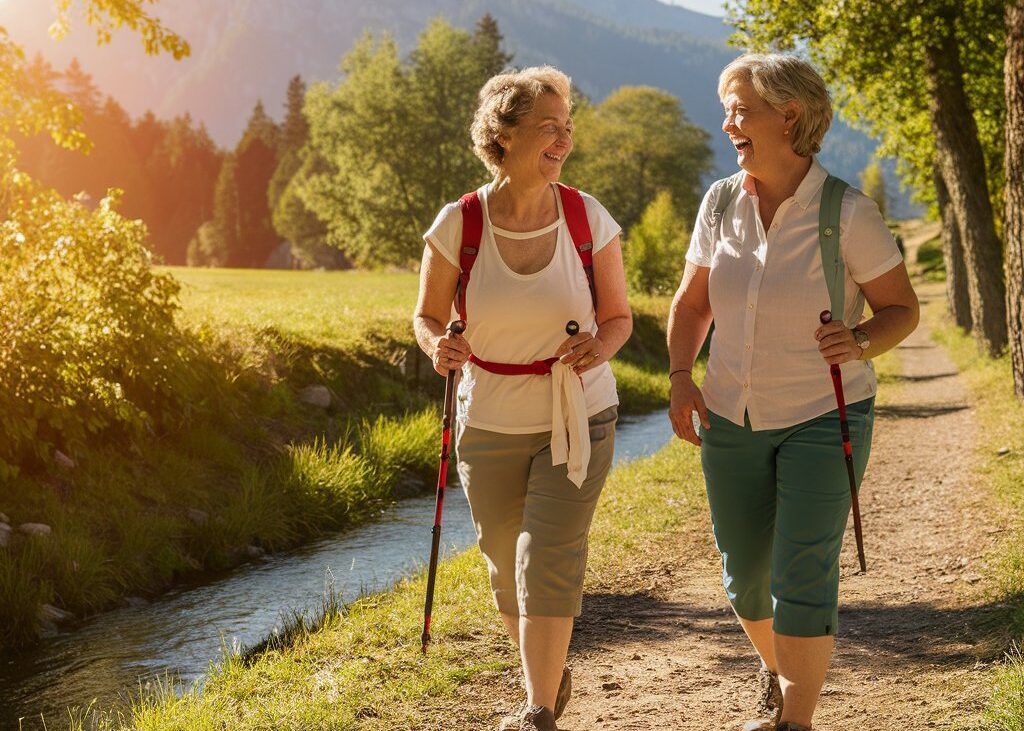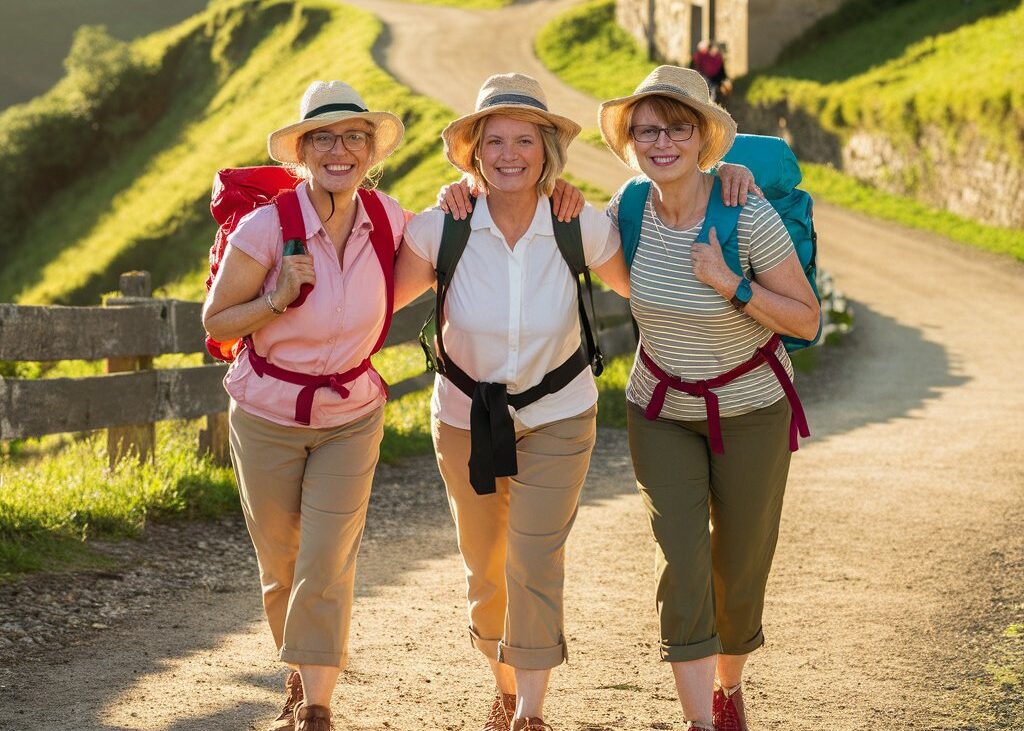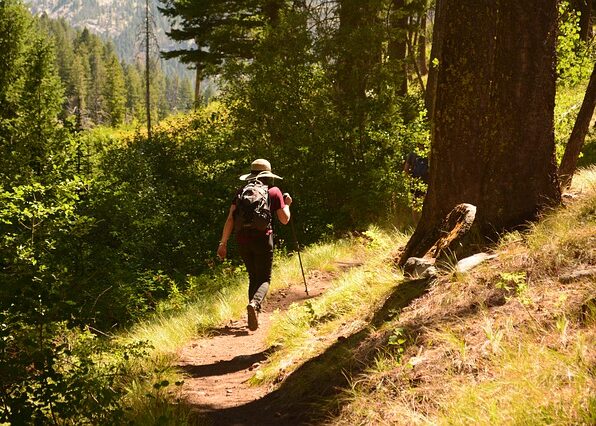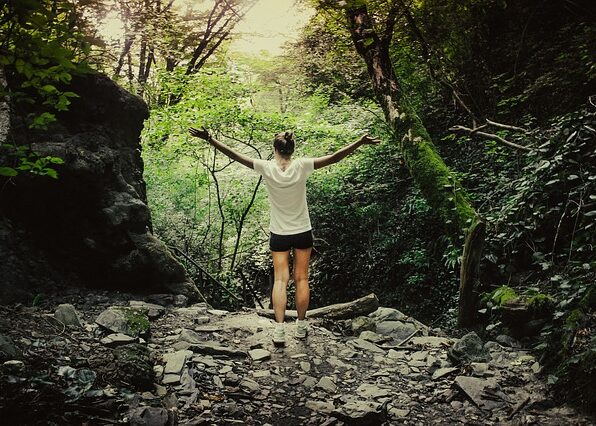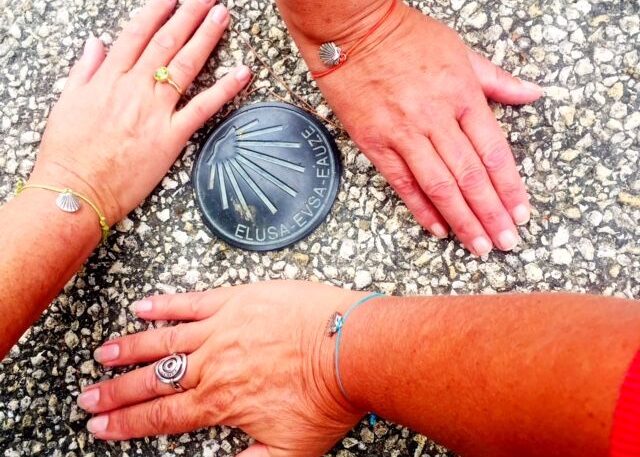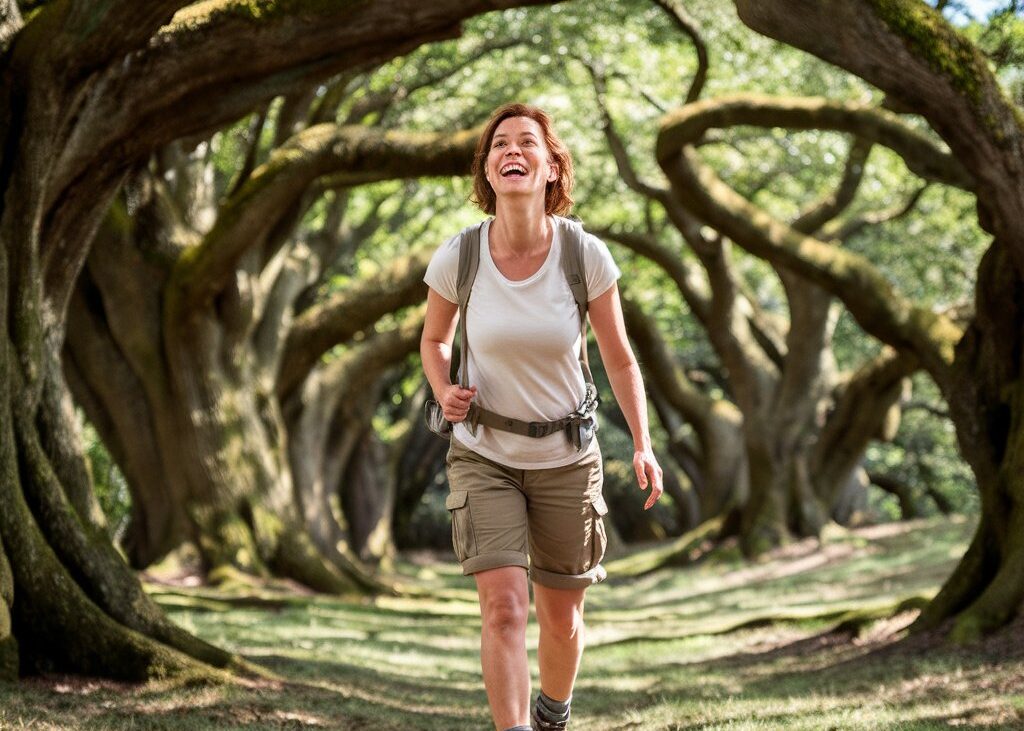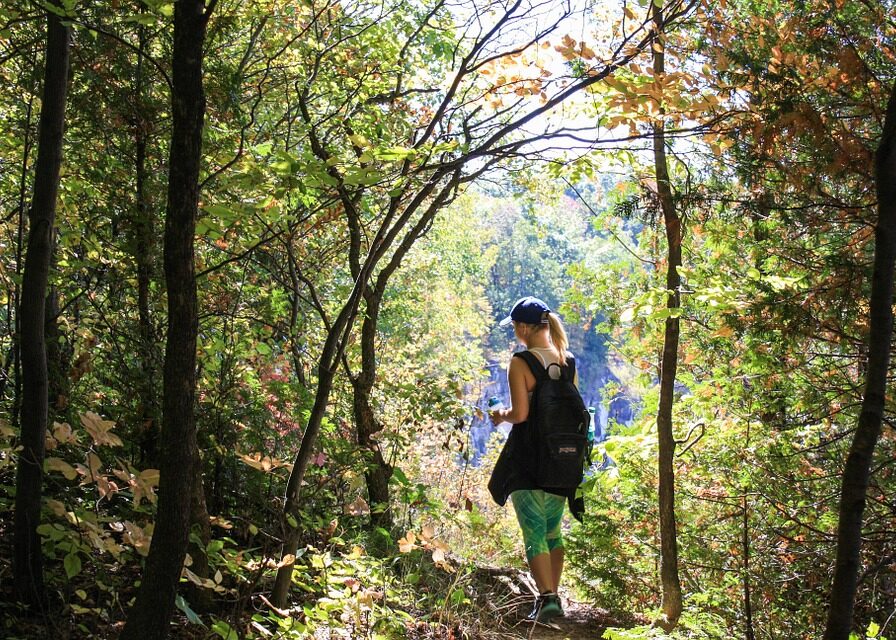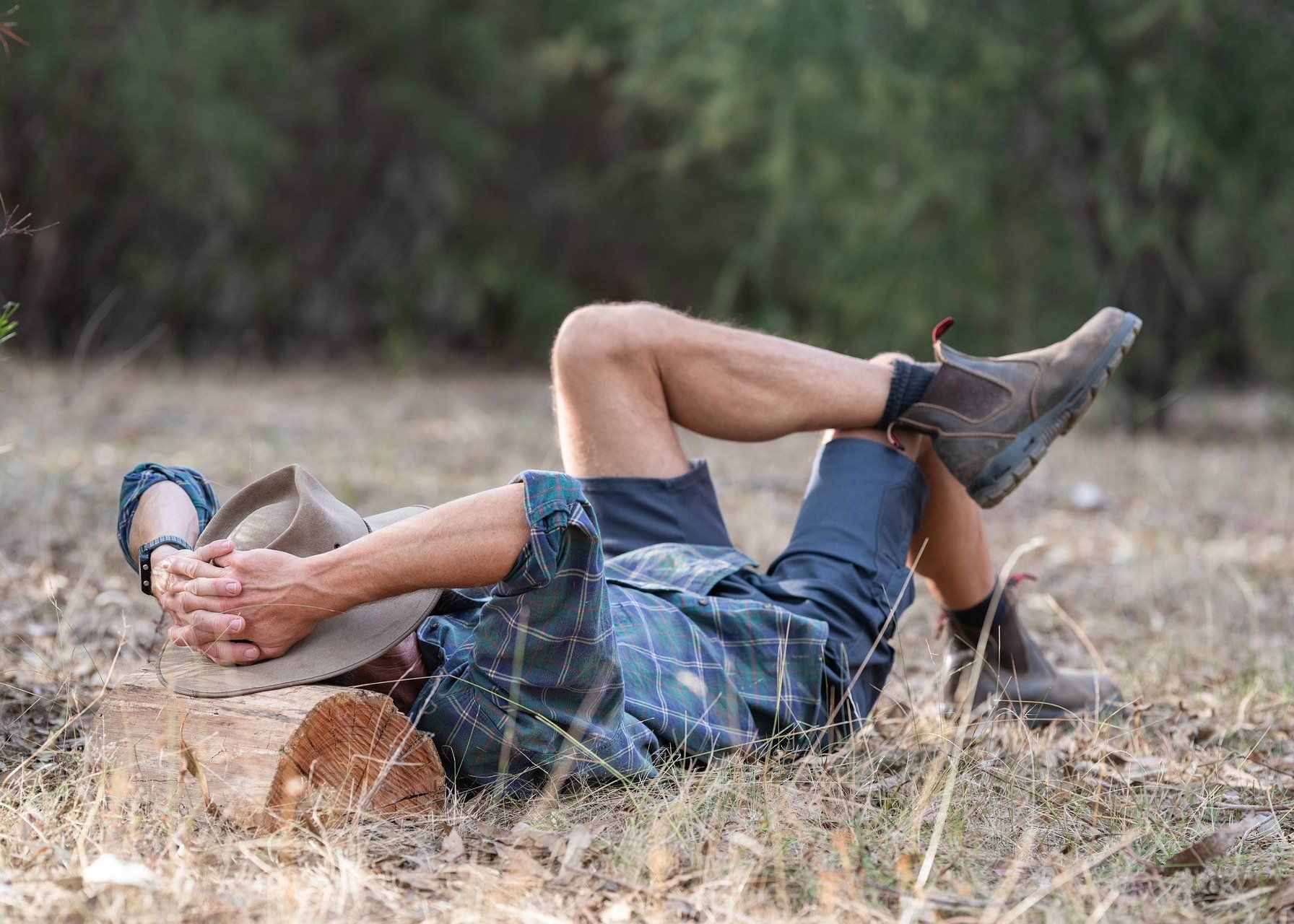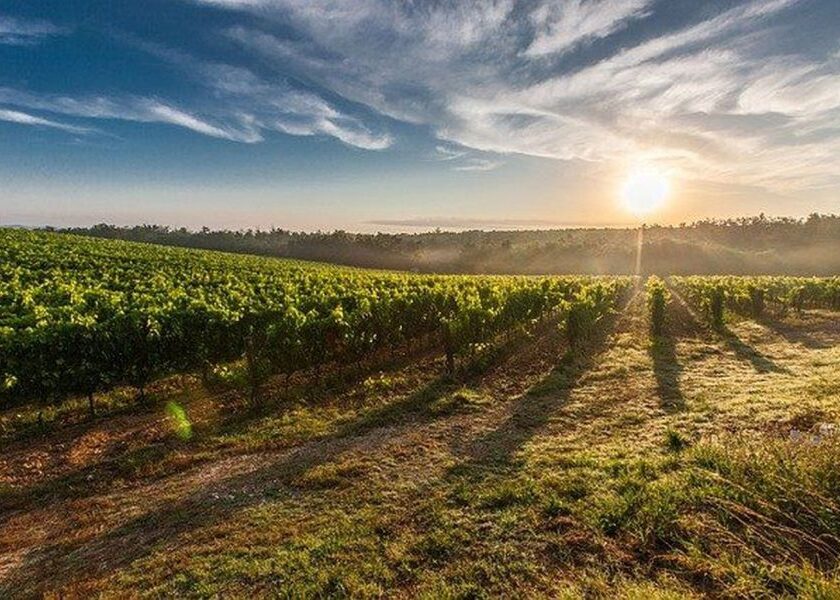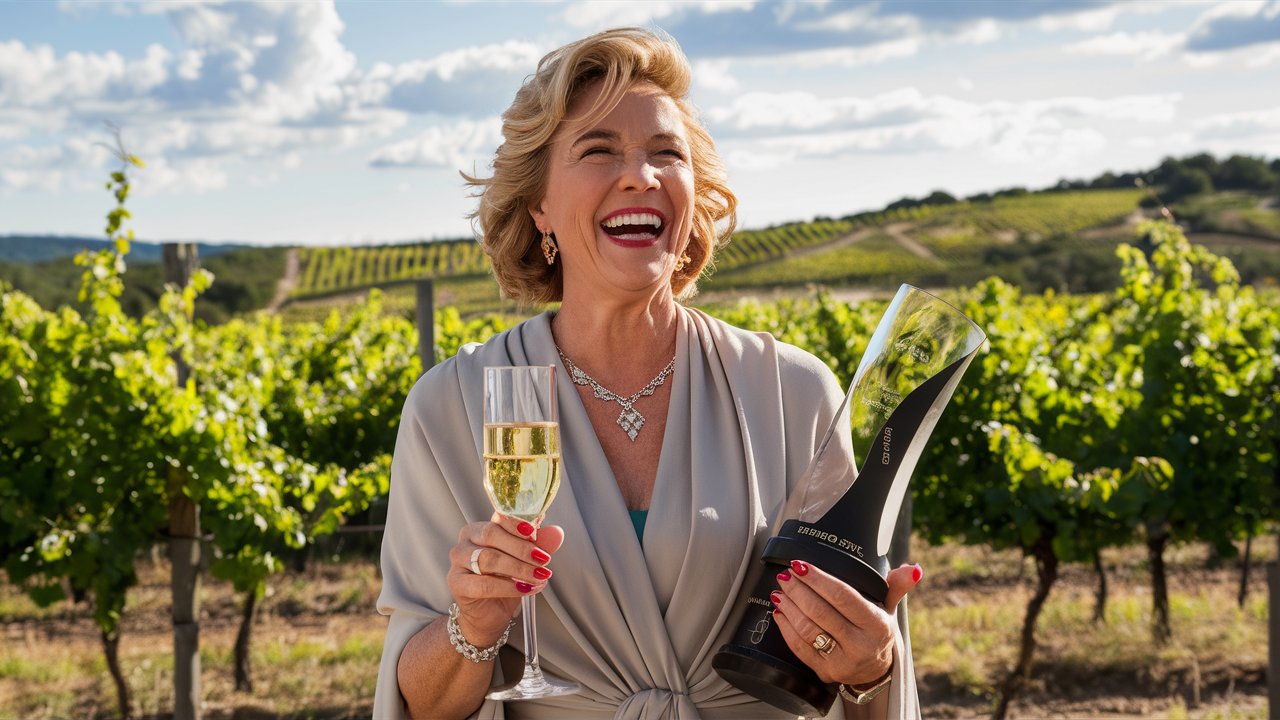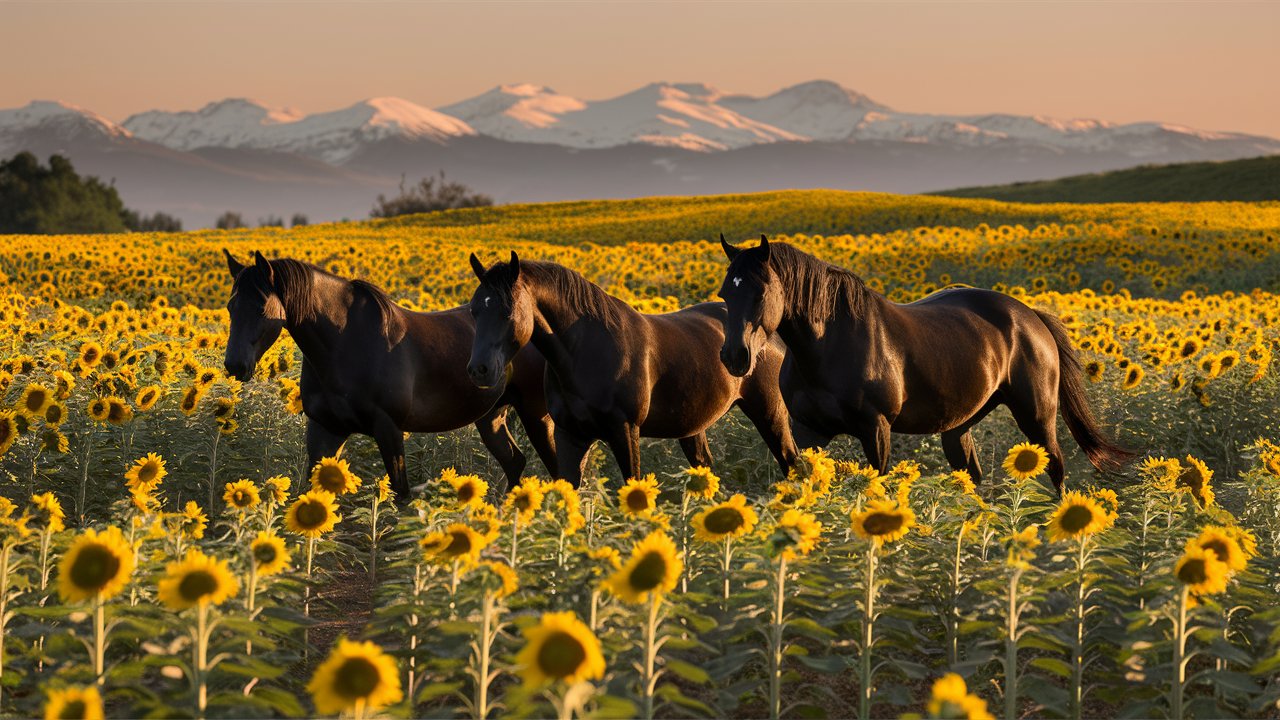How Cupcakes and a Houseplant (called Fred) Helped One Woman Conquer Imposter Syndrome
Life’s most profound lessons often come at inconvenient times and from unexpected sources. As we work our way through crises, challenges and changes, we encounter experiences that redefine us. These experiences, though sometimes excruciatingly painful, carry the insights and understanding we need to grow. These extraordinary teachers—empty pockets, regret, broken hearts, failure, illness and loss—to name some of the most frequently encountered, can teach us invaluable lessons on our journey toward self-actualisation and increased resilience.
“Life is a succession of lessons which must be lived to be understood.” – Ralph Waldo Emerson
Finding ourselves with empty pockets can teach us to force us to leave our comfort zones and become more resourceful and creative. For instance, you might have to start a successful business from scratch, finding innovative solutions with minimal resources, to pay the bills. Regret helps us reflect on our past choices, providing us the wisdom to make more mindful decisions next time round. A business owner who regrets a missed opportunity may make sure he seizes the next one with determination and foresight. A broken heart often surprises us with the depths of our own resilience. After a painful breakup, someone might find strength they never knew they had, leading them to better understand themselves. Failure, though tough, teaches us perseverance. An athlete who doesn’t make the team one year may train harder and succeed in making it onto the team the next year, turning setbacks into stepping stones. Illness and loss remind us of the fragility and preciousness of life. Witnessing a loved one’s battle with illness can deepen our empathy and strengthen our connections with others.
“Experience is a hard teacher because she gives the test first, the lesson afterwards.” – Vernon Law
I’ll be the first one to admit that welcoming these “teachers” is not the first thing I think of doing when one shows up on my doorstep. Sometimes one has barely left, and before I had time to get my breath back, the next one is at the door. Sometimes several show up at the same time… Each of these teachers, or group of teachers, have taught me a lesson more valuable than anything I own, so I keep getting up from the armchair, stumbling towards the door, opening it and inviting them in.
Lisa, an old friend of mine, found herself at a crossroads in her mid-fifties. Her husband had left her for a younger woman, taking all their savings, and leaving Lisa with little more than a nagging sense of betrayal and a houseplant named Fred. “At least Fred won’t leave me,” she kept telling herself, while she watered the feisty fern.
With the kids grown and the marriage over, Lisa needed to reinvent herself, pdq. The problem was that divorce had completely destroyed her self-confidence. She found herself in the peculiar position of having to learn to use a computer without imploding. “I didn’t sign up for this kind of adulthood,” she grumbled.
Lisa had spent her entire married life supporting her husband’s career and raising their children. Now, she was faced with the daunting task of starting over. Despite suffering from imposter syndrome, she decided to turn her lifelong passion for baking into a business. After all, everyone said her cupcakes could mend broken hearts. “Might as well put that to the test,” she thought, eyeing her mixer like it was her knight in shining armour.
Starting small, Lisa baked out of her tiny apartment kitchen and sold her goods at local farmers’ markets. Her inner critic, whom she nicknamed “Nagging Nancy,” was relentless. “You’re too old to start over,” Nagging Nancy sneered. “Your baking is mediocre at best.”
But Lisa wasn’t about to be outdone by an imaginary naysayer. She plastered on a smile and set up her booth. To her surprise, the feedback was overwhelmingly positive. Her cookies were a hit!
One day, she was invited to cater a large corporate event. This order was bigger than anything she had handled before, and Nagging Nancy was having a field day. “You’re going to fail spectacularly,” she cackled.
Lisa took a deep breath, donned her favourite apron, and got to work. She meticulously planned every detail. The event went off without a hitch, and Lisa received rave reviews.
Feeling unstoppable, Lisa expanded her business. She moved into a small commercial kitchen with an eye-catching storefront. Her bakery became known not just for its delicious cupcakes but also for the warmth and empathy of its owner. Lisa’s witty banter and infectious laughter soon turned new customers into regulars.
One day, a woman asked Lisa how she managed to overcome her doubts. With a twinkle in her eye, Lisa replied, “I didn’t overcome them; I just made them work the night shift while I baked. Turns out, Nagging Nancy isn’t a morning person.”
Lisa’s journey from a penniless divorcée to a successful business owner is a testament to the power of determination, perseverance and a good cupcake recipe. She tamed her inner critic with a healthy dose of irony, embraced her passion, and built a new life from the crumbs of her past. And as for Fred? Well, he’s still thriving on the bakery’s windowsill, basking in the glow of Lisa’s sweet success.
“The purpose of life is to be defeated by greater and greater things.” – Rainer Maria Rilke
Every time one of these “teachers” shows up in your life, do some breathing exercises, grab your journal and stock up on cupcakes, as they provide invaluable life lessons (the “teachers,” not the cupcakes) that can motivate us to achieve more than we ever thought we are capable of achieving. If you don’t know what to write in your journal, try this prompt: What emotions does this challenge, crisis or change evoke? Describe your thoughts, feelings and reactions in detail. What did you learn from this experience about yourself and others? How can you apply this lesson to future challenges? How has this growth impacted your current mindset?
That’s what I do, anyway, each time yet another life lesson brings a battering ram to my door.
And if you need a bit of help, consider joining me and my ménagerie in the sun-drenched southwest of France to attend a Manifest Your Next Chapter retreat.
Vignettes from the Southwest of France
In addition to the Manifest A New Life Chapter retreats that I host at my little French farm near Bordeaux, I have also created a couple of Complementary online Courses. One is about Determining your Life purpose as you start your Next Chapter, another about Avoiding Burnout as you go through a Major Life Challenge and yet another about Coping with Life Changes by Journaling – each course is available with or without one-to-one coaching. To receive advance warning of last-minute and early-bird specials on all of the above, I invite you to subscribe to my Savoir Vivre Newsletter which gives immediate access to my free Manifest a Stress-free Life e-course.
#LifeLessons #PersonalGrowth #Resilience #SelfDiscovery
